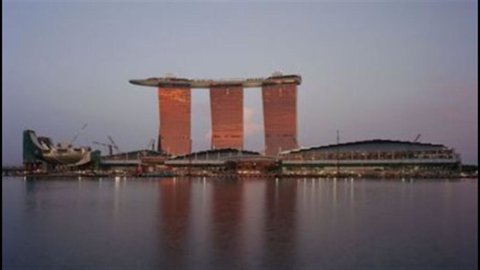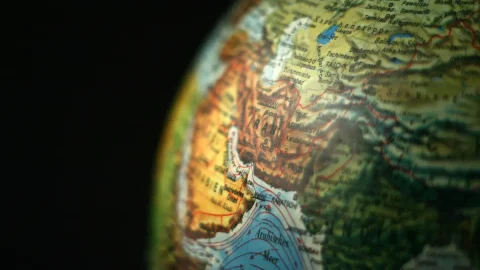Finally, some good news for those looking to the future. A list drawn up by McKinsey, a world-renowned strategy and consultancy firm, predicts a $30 trillion increase in GDP between now and 2025. Furthermore, its list of the "600 richest cities" is based on the following criteria: GDP, population, household income and young people under 15.
Milan is the only city that appears in this "prestigious" list. But the Lombard capital is already among the top 13 cities in the world for Gross Domestic Product. Unfortunately, however, Milan will no longer be present in the general list of the top 25 cities on the planet in 2025: it will be number 24 only in the ranking of high-income families.
In Europe alone, the city of Milan is fifth in terms of income and GDP, while Rome is thirteenth. In 2025 Milan and Rome will lose some positions, but will still be present in the list of the top 25 European cities by income and Gross Domestic Product.
Asia, already growing in 2000, will be the new economic center of gravity: in fact, the GDP of many European countries will grow thanks to a greater number of consumers: the Asian ones. But even in Asian (or South American) megacities it will be very comfortable. Cities such as Shanghai, Sao Paulo and Istanbul will generate 13 trillion additional GDP over the next 5.800 years.
Obviously, the demand for primary goods such as water and food will automatically increase. In addition, the walkable surfaces (sidewalks, parks, streets, etc.) will have to be expanded.
In essence, more growth equals more consumption.
Source: www.mckinsey.com





